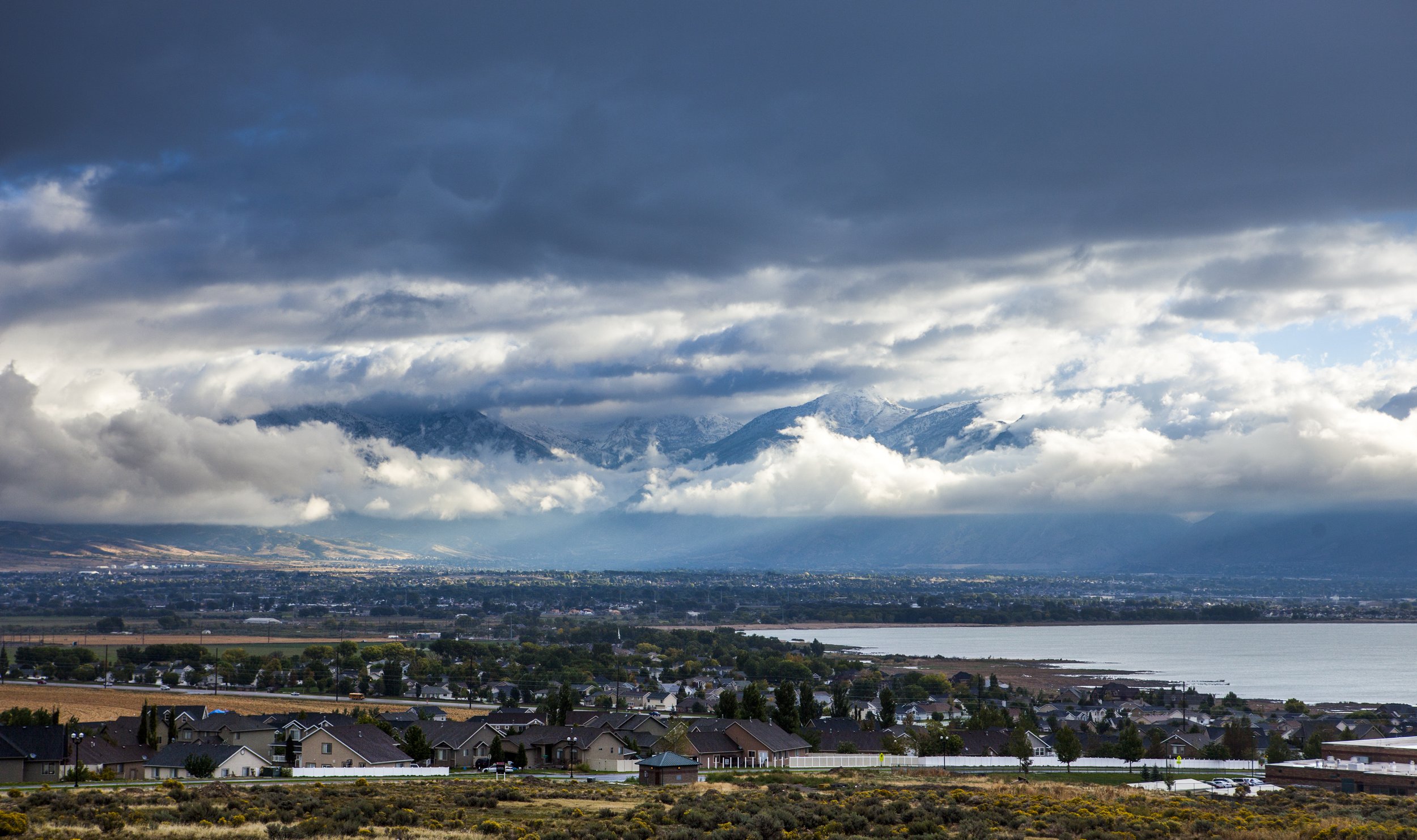
Utah’s Well Water
Our severe droughts and population boom have created unique water quality issues that affect our surface and ground water sources
Droughts can severely affect well-water quality.
“Viruses, protozoa, and bacteria can pollute both groundwater and surface water when rainfall decreases. People who get their drinking water from private wells may be at higher risk for drought-related infectious disease.”
Utah’s historic drought and population boom
It’s no secret; in 2022 Utah is approaching a water shortage crisis. According to the Utah Division of Water Resources, most of the state is experiencing unprecedented drought. “Currently, 99.8% of Utah experiencing “severe” or “extreme” drought conditions and 5.71% of Utah is in the “exceptional” category which is the worst category in the drought index.”
Utah is also in the midst of a major population increase as a large influx of people are moving to Utah from other states. As Utah residents we understand why people want to come live in our beautiful state. And we need to be aware of the water situation so that we have access to clean, safe water sources. The drought and population increases affect ground water sources in unique ways we may not realize. We’ve outlined many below.
Common contaminants found in Utah well water
Utah’s 1,850 drinking water sources come from either surface water (lakes, reservoirs, rivers) or ground water (wells or springs). In the more rural areas, private wells are the primary water source for homes and businesses. As a primary source, your well water quality is vital to the health of those in your household, including your pets! The U.S. EPA does not regulate or provide standards for individual private wells. But according to the Utah Public Health Laboratory your local health department may have requirements for your well water.
As a private well owner, you are responsible for the safety and quality of your well water. But many of our well water users aren’t aware of the most common contaminants in their water and how to properly treat their water to make it drinkable, healthy, and pure. We’ve researched the most common contaminants found in rural well water, including those from agricultural & livestock operations, industrial run-off, landfills, and urban waste.
Agricultural chemicals
Rural Utah is home to important agricultural and livestock operations, with crops and herds dotting the outskirts of the more populous cities. For those on private wells, proximity to these operations can cause potentially severe problems for water quality. Fertilizers and pesticides penetrate the soil and pollute groundwater sources. Unhealthy levels of nitrates and phosphates can pose serious health risks, especially to pregnant women, children and the elderly.
Landfills & sewage
Part of living in rural areas means you could be neighbors with landfills and sewer operations. Unfortunately, that could mean dangerous seepage which could be contaminating ground water sources. Contaminants could include bacteria and pathogens such as E. coli and parasites, some of which cause diseases and digestive problems such as diarrhea, nausea, and vomiting. A rotten-egg smell in your water or pipes is a sign of sulfur contamination that is common for well-water residents.
Industrial run-off
Another common issue for wells is the presence of heavy metals and trace elements. Often caused by industrial run-off or urban waste in the ground water, contaminants such as Radon, Lead, Arsenic, Boron, Chromium 6, and Iron can result in serious harm for pregnant women and young children. Water runs off from rainfall or snow-melt from these operations and can contaminate wells by washing dangerous microorganisms into the system or through underground seepage. Many of the contaminants from industrial run-off have proven to be cancer forming.
The toughest water around.
There’s no question; Utah has some of the hardest water in the U.S. Many areas of the state rank #1 in water hardness levels. At an average of about 300 ppm (parts per million) or 17.5 gpg (grains per gallon), our water is 7+ gpg higher than the standard for Very Hard water - the hardest water level! For many well water users the average is between 20-30 gpg.
All of that hardness means poor water quality that affects your home or businesses appliances and plumbing. Dissolved salt and mineral deposits are the main culprit for your hard water, meaning your water likely has high levels of magnesium, calcium, and sodium. Though there are good health benefits for those minerals in drinking water, the most common negative side affects are dry, itching skin and brittle, dull hair. It’s better to have the right amount of minerals in your water than to have overly hard or overly sterilized water. On the other side of the coin is the havoc hard water wreaks on your pipes, household appliances, sinks, tubs and faucets. Over time the calcium buildup will cost you thousands of dollars in repairs and replacements. Staining and scaling will cost more in solvents and cleaning agents, and your pipes will clog up and hinder your water flow.
Test your Utah well water.
To meet minimum requirements for private well water, Utah residents can go to the Utah Public Health Laboratory site. Longevity Water Systems can come to your location and conduct a series of tests on your water to determine hardness levels, pH levels, contaminant levels, precipitation, bacteria presence, iron & sulfur levels, and more. Our consultants use the highest-quality lab tests and can deliver results and evaluations in real-time.






